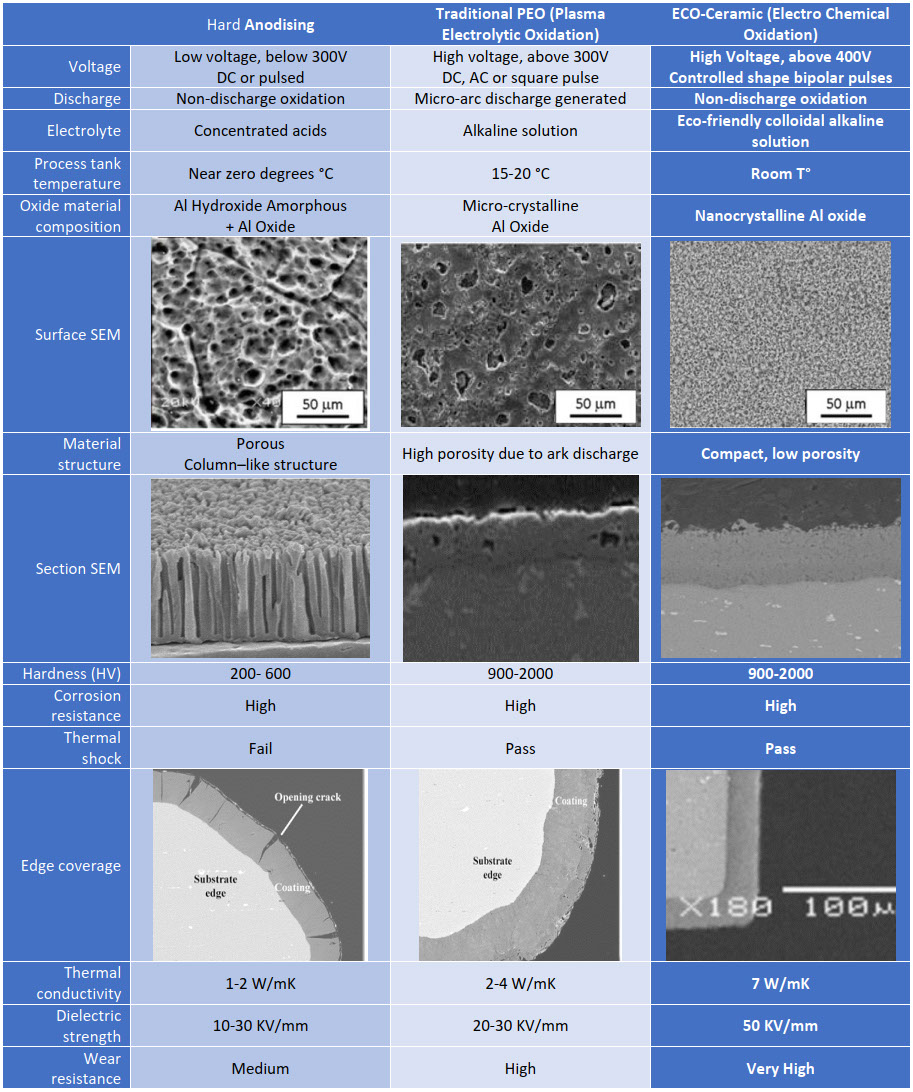

Technology
ECO-ceramic surfacing for light metals, superior to Hard Anodising and Plasma Electrolytic Oxidation
CNL developed and patented revolutionary technology for ECO-ceramic surfacing of light metals. Novel Electro Chemical Oxidation technology, which we abbreviated as ECO, is indeed ecologically friendly and enables to build solid, hard, wear- and corrosion- resistant protective layers. ECO process is suitable for Al, Mg, Ti, Zr and Nb alloys.
Technology was patented in key industrial countries including USA, EU, Japan and China. Patents are granted.
Surface of ECO-ceramic layer can be customised with desirable properties such as wear-, scratch- and corrosion resistance, high dielectric strength, biocompatibility. A number of innovative processes for ceramic functionalisation are used to populate it’s surface with nano-sized inorganic materials, metals, synthetic amphiphilic polymers, polyelectrolytes and biomolecules.
The process
ECO process is the latest advancement in the family of Plasma Electrolytic Oxidation (PEO) technologies that enables to avoid excessive porosity and roughness typical to traditional PEO.
ECO technology is based on electrochemical oxidation of metal substrate in colloidal electrolyte under specially modulated high voltage. High voltage pulses enable to convert of metal oxide into crystalline form. Short electrical pulses with programmed energy enable to create densely packed nano-size crystalline structure, avoiding generation of micro-arc discharges, typical for traditional PEO. That significantly reduces the pore size and roughness of the formed ceramic material.
Advantages
ECO process proved to produce ceramic coatings superior to Hard Anodising (HA) and traditional PEO. Nanocrystalline oxide is more dense and wear resistant than HA and PEO oxide material. It has higher dielectric strength and thermal conductivity. ECO technology took the best features of its predecessors HA and PEO. ECO makes use of high voltages (like PEO) instrumental for building hard crystalline material, but like HA it avoids destructive micro discharges avoiding coating high porosity and roughness.
Comparison
